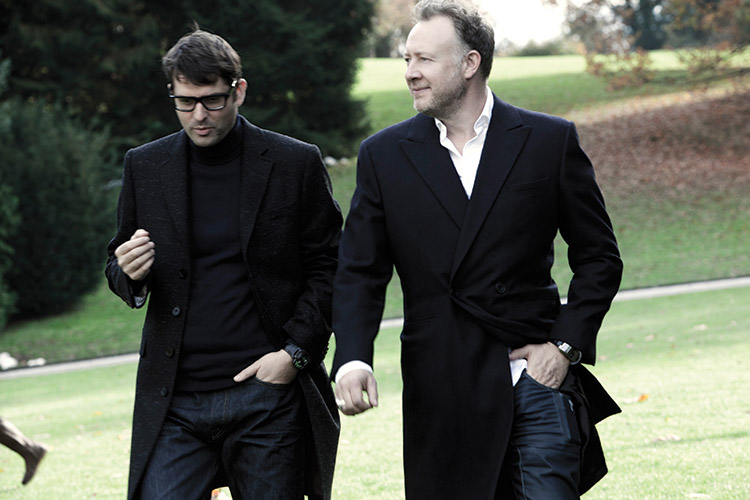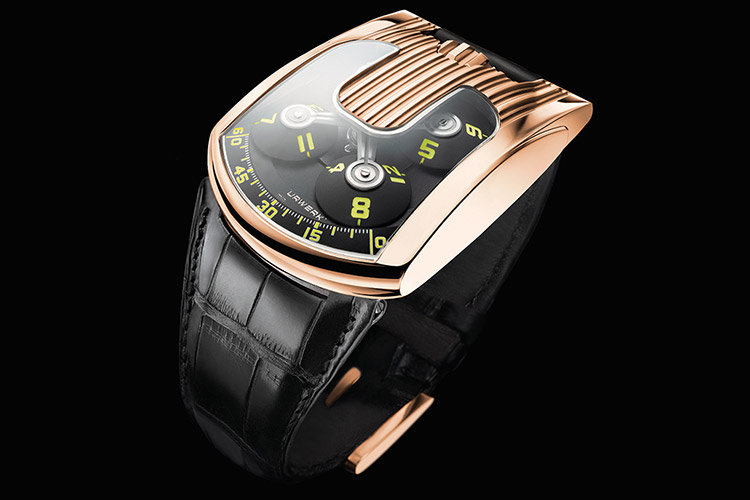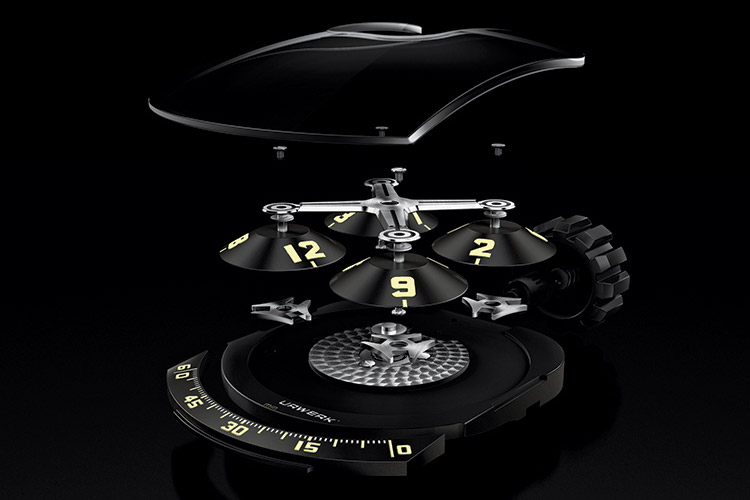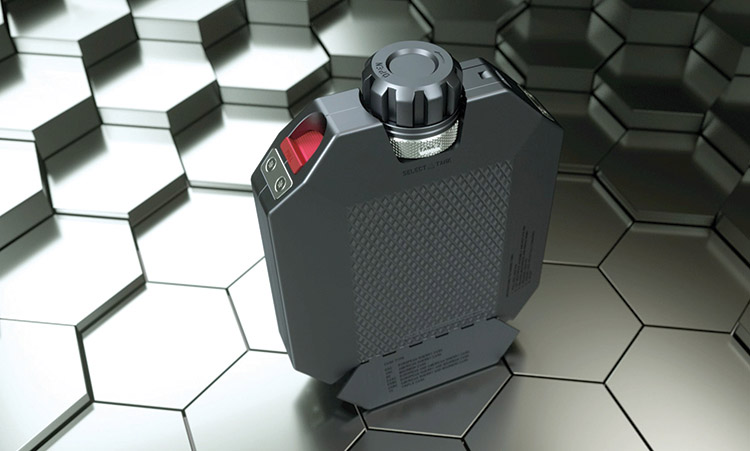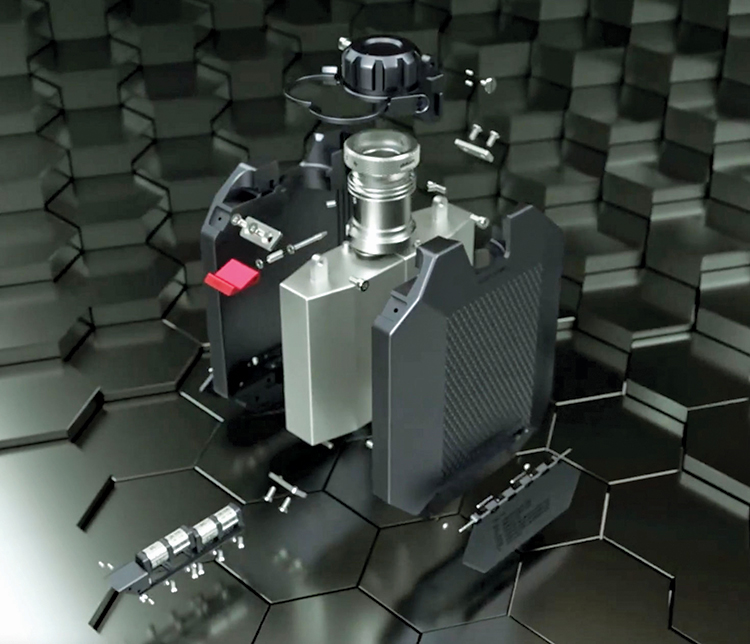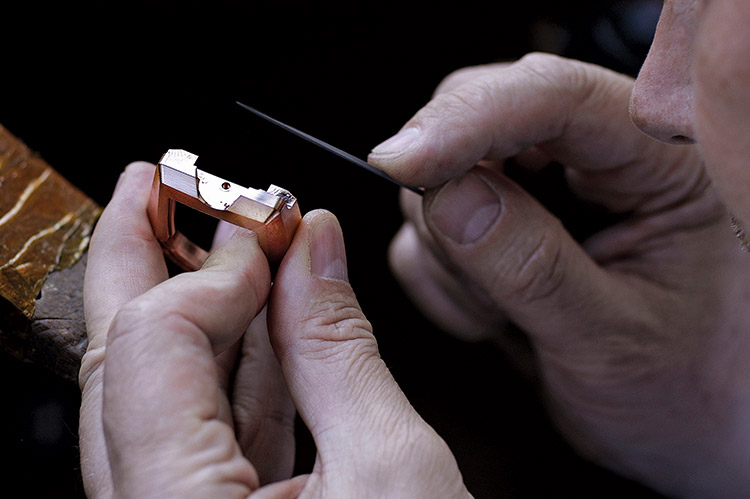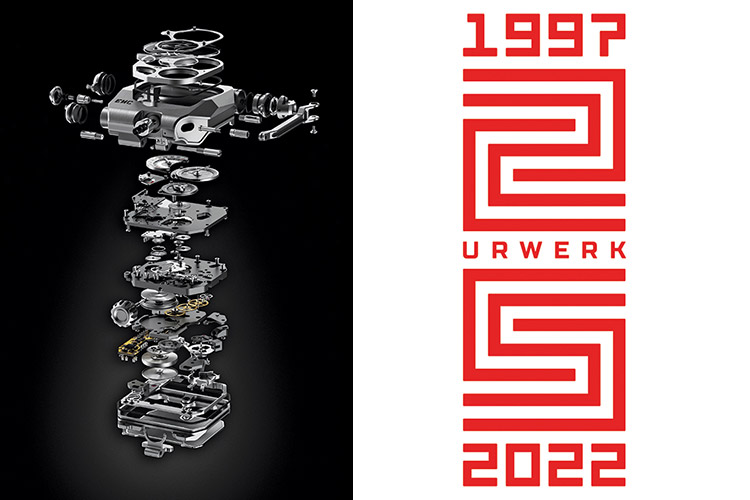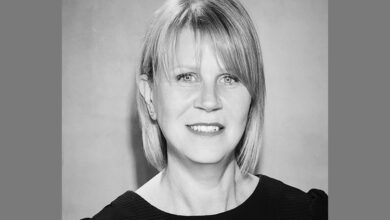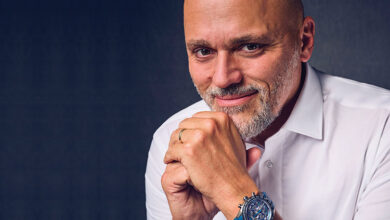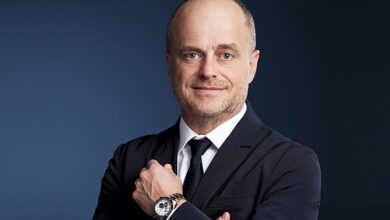URWERK: Genesis, form, and design
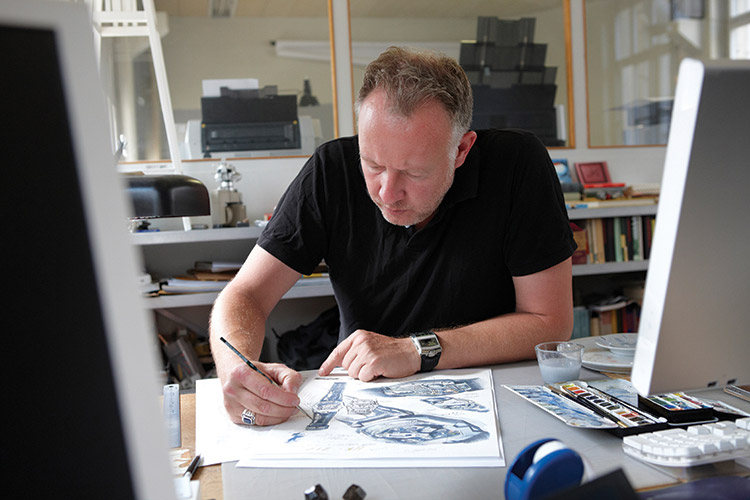
Horological maverick URWERK is celebrating its 25th birthday this year; “Day & Night” magazine had the opportunity to sit with Martin Frei – Chief Designer and Co-Founder of URWERK – on the eve of their anniversary, to get his inputs on how the disruptive marque started, URWERK’s movements, and how form and design interact
Can you tell us about the first time you met Felix Baumgartner, URWERK Master Watchmaker and Co-Founder?
It was a long time ago when I was studying art in Lucerne; I met Thomas, his brother first, and Felix later. Felix was still very young then and was just starting at the watchmaking school in Solothurn. Both brothers were interested in watchmaking; not surprising given that their father had a watchmaking atelier. We had long discussions about time; I was editing films then and was fascinated by the idea of measuring time. We then decided we should work together to create new ways of measuring time. Three years later, when Thomas was working at Jaquet Droz and being inspired by the other watchmakers who also had crazy ideas of measuring time, he came back and told me about the time-telling machine that we are still working with.
What year was this? Was digital editing possible then?
This was in 1995-96; it was not digital editing. It was U-Matic tapes, and it was all big machines. That was when I was introduced to this design of a watch that did not actually resemble a watch. When you look at things from the perspective of an artist, then you look at things differently.
How is Thomas involved in the company now?
Thomas is a founding member, but he had health issues and is no longer active with us. He left to pursue his own projects.
Was the original movement a rotating satellite?
Yes; It was inspired by the 17 century Campanus Night clock – made by a group of engineers. They were asked by the Pope to develop a very quiet movement with a time display that is easily readable at night. The Night Clocks made by Pietro Tommaso Campani became very famous. It features a semi-circle with a firmament like the sky, with the hour numerals travelling inside like a celestial body. This made me think of satellites as the Sputnik was then in the news, and this was like a satellite circling the earth.
Financially, how did you manage to create the first watch?
Felix was working with Vacheron Constantin then; so, he had a job where he made money. He also started working on our first creation. Thomas was very good at convincing people to believe in URWERK. That was in the very beginning; we had to create a watch and then find somebody who liked it.
How hard was it to convince people when you were one of the first independent brands telling time in a different manner?
It was super difficult in the beginning. We didn’t have money and we had to start from scratch. As I was in the Design team, I was not so directly involved. But the Baumgartner brothers also had to build up their workshop. We started with small series, and we had to convince people such as Mr Rothschild. On the one hand, because you are telling time differently it is difficult to convince people. On the other, because it is a novel idea people are more willing to support you. There is a certain amount of goodwill for new ideas, especially as the Baumgartner brothers come from a family of watchmakers; their grandfather was one as was their father.
Who was your first client?
It was a friend of Felix’s mother who was our first client. We would make a watch and when it was sold, we would get some money to make our next creation. We had to have a catalogue to show people. We had to understand what was necessary and then do it. Slowly, one thing led to another and we were able to manage, but it was very hard initially.
I then moved to the US, because it was time to start my artistic career. I did not plan to become a watchmaker or be part of a watchmaking company. We would meet every now and then – perhaps in New York or Switzerland later when I moved back. At that time, art was my main pursuit and watchmaking was more of a hobby, while Thomas and Felix were much more involved in it. Around the time of 9/11, I moved back to Switzerland and I progressively got more involved with the company.
How did your move back to Switzerland affect URWERK?
We were able to sit together more often and focused more on our projects. It became a more important part of our lives.
Retrospectively, what do you think are the milestones in the history of URWERK?
I am sure there are specific moments we can think of as milestones, but I think it was a natural progression of things. Some things that are so insignificant when they happen – some minor decisions that we make – sometimes lead to a major change or directs our steps in a different direction in life. My decision to move back to Switzerland was definitely a gamechanger for URWERK, but the fact that we started working on the Opus 5 project was an equally defining moment for URWERK.
URWERK worked with Harry Winston on the Opus 5 project?
Yes, we did; it was Maximilian Büsser, who was then the CEO of Harry Winston Rare Timepieces, who asked us to work on the Opus 5. We were already working on a few small projects for him.
The Opus 5 had more functions than most other URWERK timepieces released later; why?
When Max asked us, we had a complex idea called the Time Bandit that we wanted to work on; sadly, we haven’t been able to make it till now. It had a lever on the side, and when you pulled the lever, there were wheels that would stop at the right time, like an automaton. It was one of Thomas’s ideas and he had a vague idea of how to create this. But this was not something we had the capacity to work on then. Thomas started on it, but it did not work out.
We were desperate and needed to work on something; I just had this new idea of working on something with cubes. We planned to have two watches – one a smaller-sized watch and the other bigger and thicker. The UR-200 models were our next steps. But we needed to create something for the Opus project and that is how we incorporated these in the Opus 5.
And Opus 5 put URWERK in the limelight?
Yes, it did, but we also had the UR-103 ready by then – an intriguing watch because it has a control board on the back; we had the time display on the front; and we had this cool, sleek wing profile. While people were shocked by the Opus 5, they saw the UR-103 and realised that this was something that they could work with. It was from around this time that people started seriously buying URWERK watches.
That is why the Opus 5 has all the indications that we planned for our own watch, such as the day & night, power reserve, service indicator, the retrograde minute and so on. We used that watch to explore our capabilities and show what we could do.
URWERK also did collaborations with other brands – both for watches and later for other things like the Macallan x URWERK Flask?
Absolutely; this is the kind of question you ask yourself. It is a kind of crossover – what would happen if you sat with a company that makes another kind of product? When you merge two things that are so different from each other that they have nothing in common, you get a third thing – this could be something poetic or artistic. URWERK has worked on collaborations with brands from outside the watch industry as well as friends from within the industry as for Only Watch.
How hard is it to merge technical ideas with the design of the watch; which of these dictates to the other?
It is not hard at all; this is something I learnt from my father who is an engineer. He at one point was working with the team that previously had worked on the lunar landing module. I visited his workplace frequently and found it totally opposite to the world of art. This exposed me to the world of materials, which is still very important to me. Because of my father, I am familiar with the world of engineers. In the lunar module, form follows function; it looks a bit weird and basically coats the machine that is inside. A watch on the other hand not only covers what is inside but also has other functions. It has to be comfortable on your wrist, represent the wearer’s personality, and look appealing.
Is the future of URWERK to be based on the rotating satellites?
It is a work in progress; step by step, we take on new tools or ideas to play with. For instance, the world of electronics was the inspiration for the EMC. We look at what is around us and incorporate that in our creations.
Did you think URWERK would be where it is today when you first started the brand?
No, it is normal for human beings to start with a little experience, lots of optimism, and you dare to do things. If you start from scratch, grow steadily, and let things progress in its own time; if you are lucky, things work out well.
